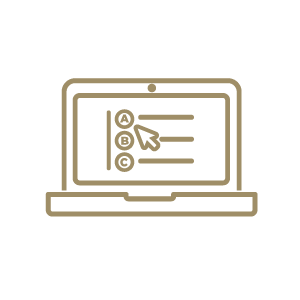Acceleration plan | Handbook 5 steps to an Item Bank

Do you want to start developing, managing and maintaining item banks at your higher education institution? The handbook Five steps to an item bank by the Remote digital assessment working group contains a step-by-step plan and success factors for using item banks in higher education. With this publication, the working group wants to show how you can set up a digital system for exchanging items with colleagues from inside and outside the institution.
Benefits of item banks
Digital item banks are tools that can increase the quality of tests and reduce costs. If test questions are developed jointly, goals and processes can be aligned. More expertise and time are available per item (test question) for development and quality control.
The Covid-19 crisis has also shown that item banks play a role in situations where online testing involves risks. In particular, they make it possible to reduce the risk of test questions being leaked and of unauthorised collaboration.
A step-by-step plan for item banks
The development, management and maintenance of item banks require good project management. In this handbook, the working group combines the knowledge that higher education institutions (collaborative organisations) and SURF have gained on this topic. It will help institutions that wish to benefit from digital item banks. The manual comprises an introduction, a step-by-step plan, and an in-depth section.
Share this page
Deze website maakt gebruik van cookies. Lees hier over onze Coookies